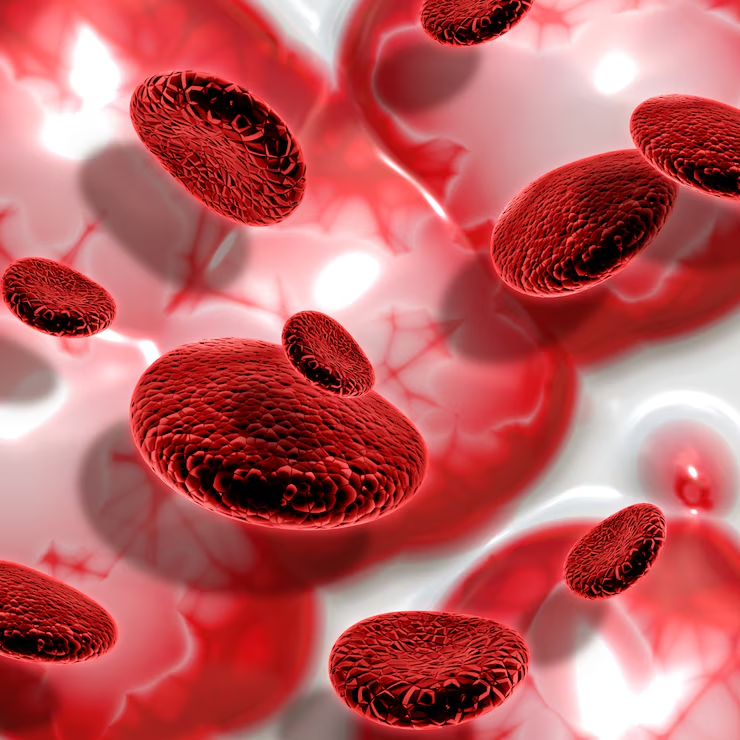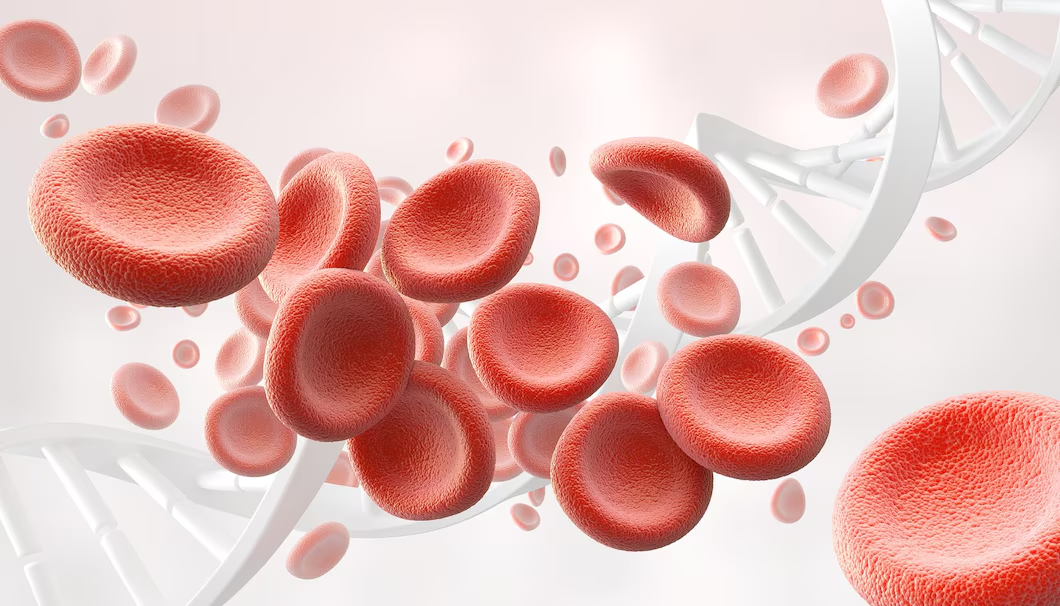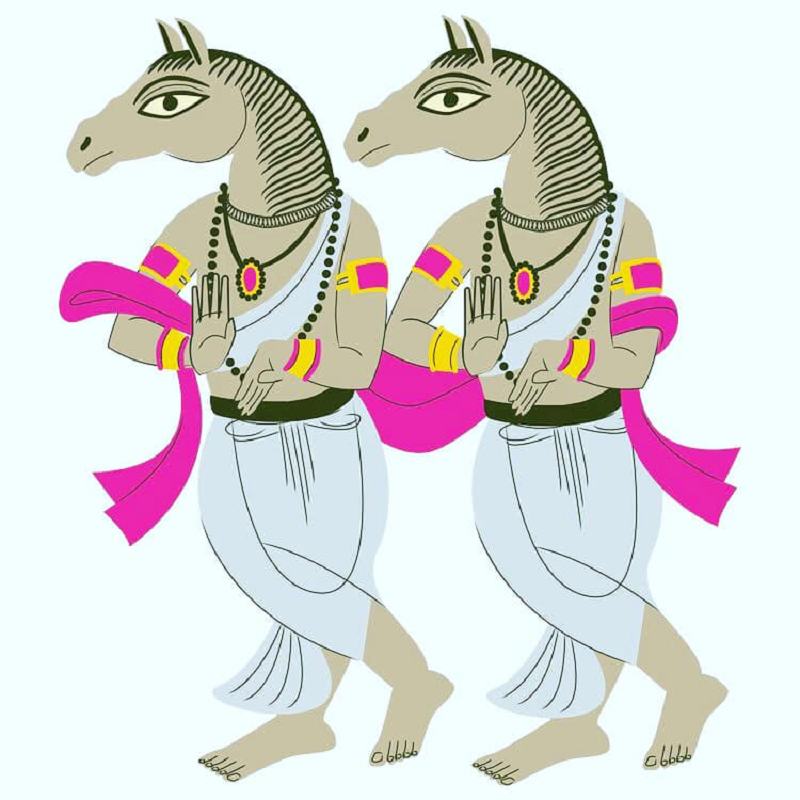Bleeding disorder hemophilia is also known as 'A Royal Disease'. The reason behind this is Queen Victoria of England, who ruled from 1837-1901. He is believed to have hemophilia B or Factor IX deficiency, which three of his nine children genetically inherited. Due to this his son Leopold died at the age of 30 due to excessive bleeding after a fall.

According to the data of the World Federation of Hemophilia, today 815100 people are suffering from hemophilia worldwide. Because in many cases it proves fatal, therefore every year April 17 is celebrated as Hemophilia Day. In such a situation, for protection, here you can know about this genetic blood disorder in detail.
What is hemophilia
According to the CDC, in hemophilia, the blood does not clot properly. Due to this, there is excessive bleeding after injury or surgery. The blood of such people becomes deficient in those proteins which are called clotting factors. It is of two types – Haemophilia A and Haemophilia B.
Symptoms of Hemophilia
Can cause swelling, pain, or stiffness in joints
Bleeding in the skin
Bleeding from the mouth and gums
Bleeding after vaccination
Bleeding in baby's head after difficult delivery
Blood in urine or stool
Bleeding nose
Bleeding that does not stop quickly after injury

Who is at risk of hemophilia?
In most cases, people in the middle age group, elderly people, and young women who have recently given birth or are in the later stages of pregnancy are at risk of hemophilia.
What is hemophilia treatment?
According to the NHS, treatment for people with hemophilia B involves regular injections of a medicine called noncoding alfa (Benefix). People suffering from hemophilia A are given on-demand injections of Octocog Alfa or a medicine called desmopressin.
How can we protect ourselves?
Since this condition is genetic, there is no way to prevent hemophilia. However, patients can take steps to limit the frequency and severity of their bleeding.
(PC: Freepik)










